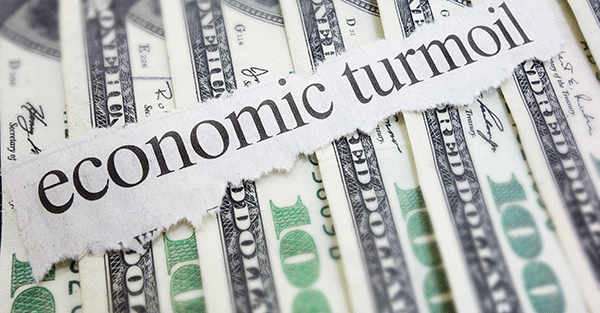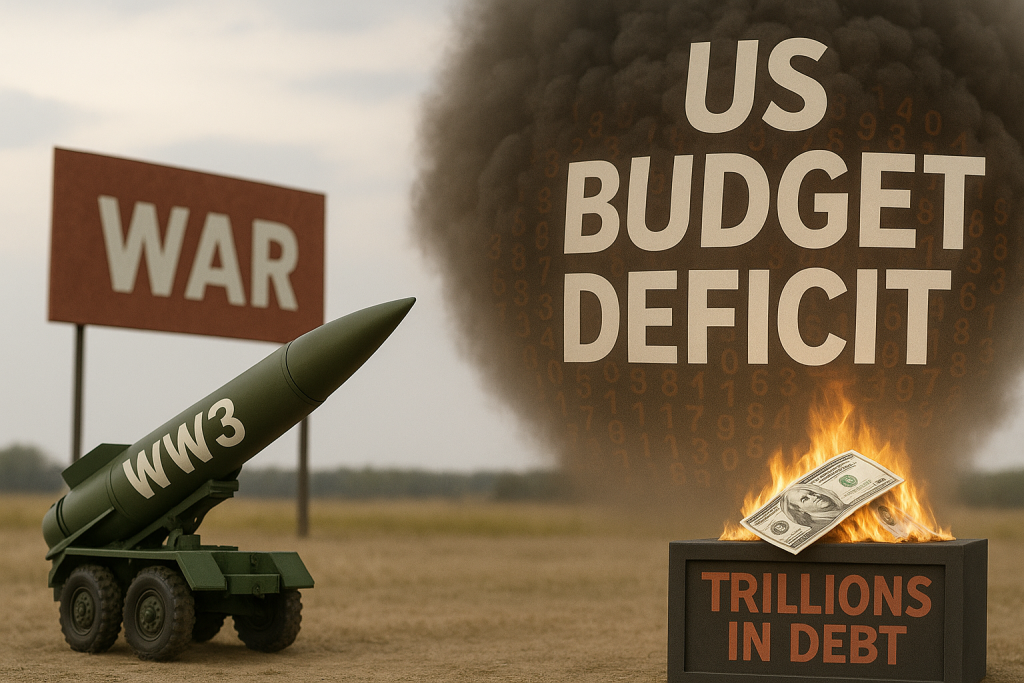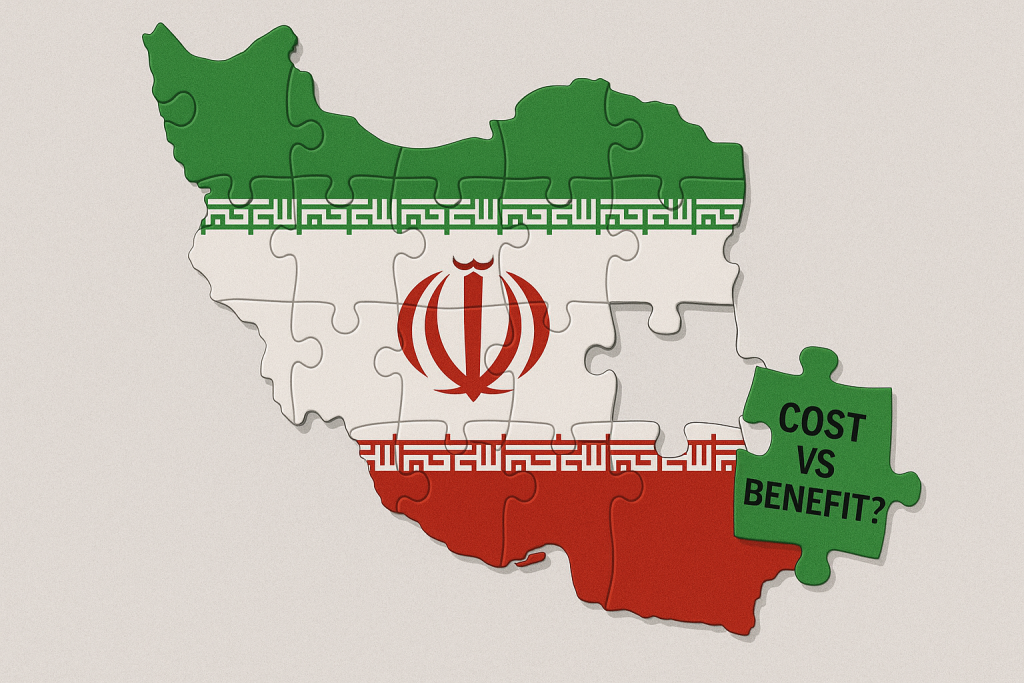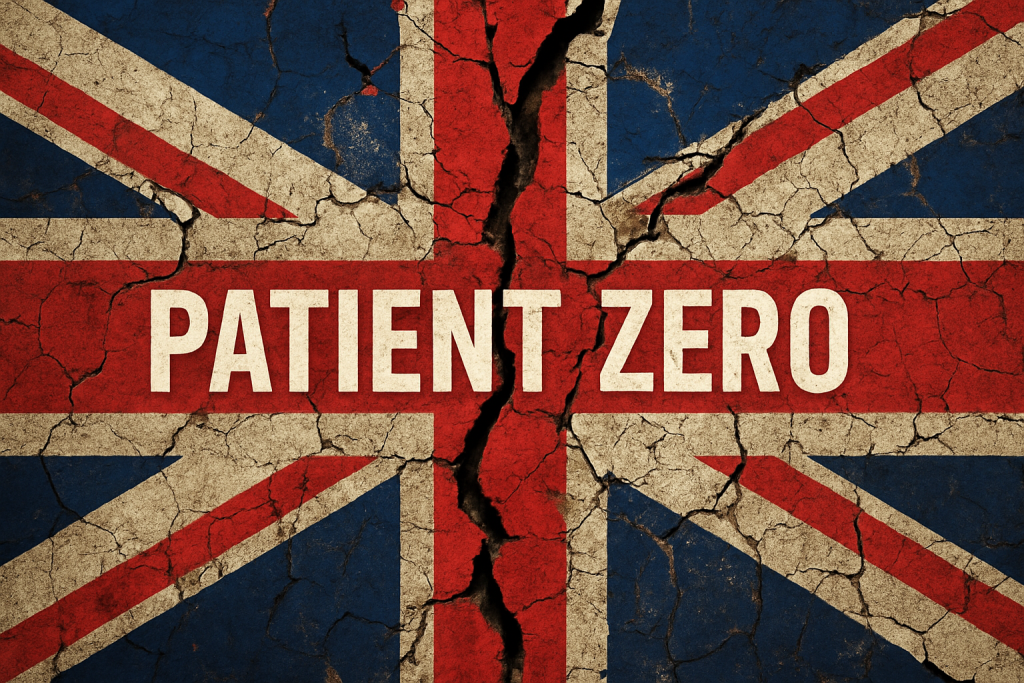October 16, 2014
New York, USA
For a casual observer of the US economy (most “experts”), you could say that things look pretty good. Unemployment is at its lowest rate in six years. Earnings of S&P 500 companies are higher than ever, while their debt is lower than it’s been in the last 24 years.
Nonetheless, rather than getting excited for good economic times, the big commercial banks are all battening down the hatches. They’re preparing for bad times ahead.
I often stress the importance of being prepared, so in theory, that should be a great sign.
But then, you look at what they are “defensively” investing in, and you see that what they consider as prudence is simply insanity.
What banks are stockpiling these days are US government bonds, and they’re not doing this casually, they’re going nuts for them.
In just the last month alone American banks increased their holdings of US treasuries by $54 billion, to a record $1.99 trillion.
Citigroup, for example, held $103.8 billion worth of bonds at the end of June, up 19% from the end of last year.
This is like preparing for an earthquake by running out and buying whole new sets of porcelain dishes and glass vases.
All it’s going to do is make things more dangerous, and even if you somehow make it through the disaster, you have a million more shards to clean up.
With government bonds you are guaranteed to lose both in the short-term and the long-term. Bonds keep you consistently behind inflation (even the deceptively named TIPS—Treasury Inflation Protected Securities), so the value of your savings is slowly being chipped away.
But that’s nothing compared to the long-term threats of the US government not being able to repay the loans.
Facing $127 trillion in unfunded liabilities – which is nearly double 2012’s total global output – and with no inclination to reduce those numbers at all, at this point disaster for the US is entirely unavoidable.
Never before in history has a government stretched itself so thin and accumulated anywhere close to this amount of debt.
So when the day comes, it won’t be a minor rumble. It will be completely off the Richter scale.
These facts about the US government are in no way secret. Every bank out there knows it, yet they keep piling in.
Why do they keep buying bonds that they know the government will never be good for?
Even though people know in their guts that the government has no earthly possibility to ever repay its debt, on paper it’s a no risk investment.
The US government’s sovereign debt has an AA+ rating after all. They might not make money off it, but no fund manager and investment banker is going to get fired for investing in “risk-free” US government debt.
Under the rather arbitrary Bank of International Settlements Basel capital adequacy rules government debt rated at least AA continues to carry a “zero risk” weighting. Meaning that banks do not need to set aside capital against it.
Beyond that, regulations imposed after the last crash to reduce risk require banks to hold $100 billion in liquid assets, which of course includes bonds. Thus, they are not only encouraged, but actually forced to buy government bonds.
With a combined position of nearly $2 trillion in US government debt, against which they hold little or no capital buffer, US banks are now EXTREMELY vulnerable to a bond market sell-off.
In the aftermath of the meltdown of 2008, banks were made to pay multi-billion dollar fines for having “knowingly sold toxic mortgages to investors”. Will politicians and central bankers ever be held responsible for not only “knowingly selling” their toxic debt to investors, but actually forcing it on the banks?
The global economy shivered when the consequences of lending to subprime homebuyers came to fruition. Just imagine how it will quake when the US government – the largest subprime borrower in history – eventually defaults (or hyperinflates) its debt away.
There’s nowhere in the world the tremors won’t be felt.
More on how you can protect your savings from this folly next time.








